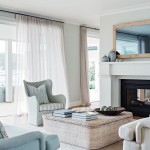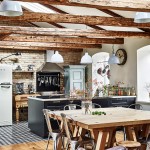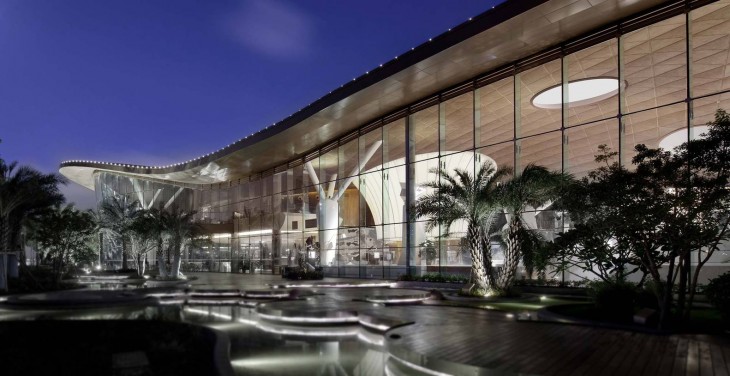
The Lotus Square Art Center situated in China is designed wuth the goal of ecological design and low energy consumption. Architecture firm Raynon Chui Design took inspiration from sea life to design a building that runs on renewable energy sources and looks stunning. Take a look at the complete story below.
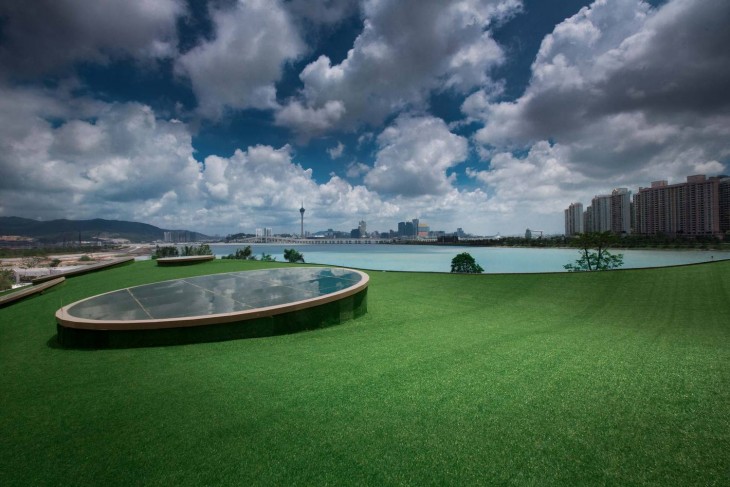
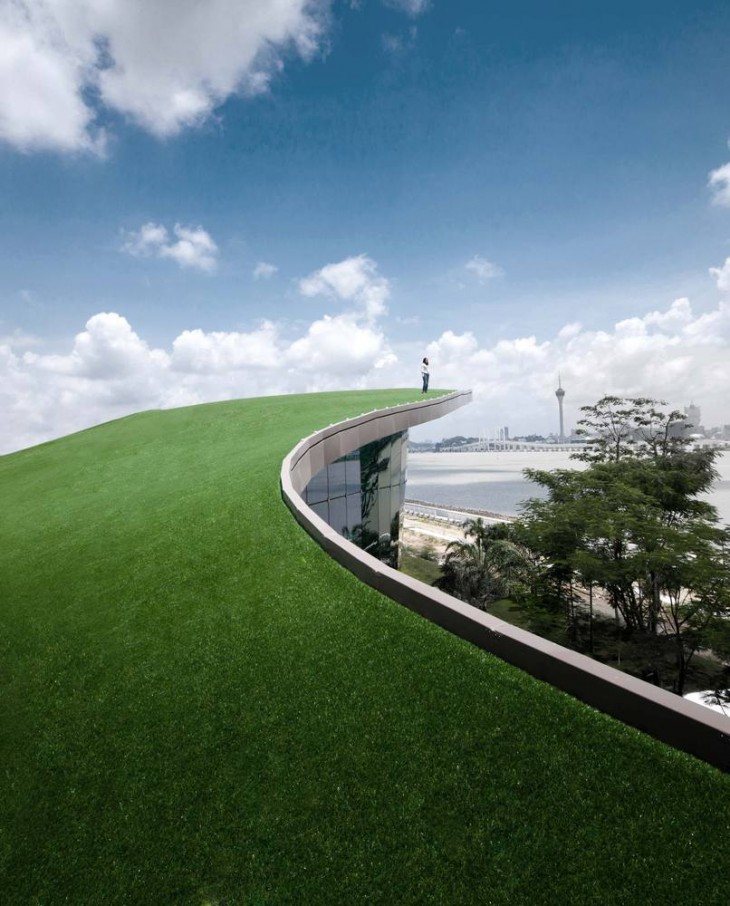
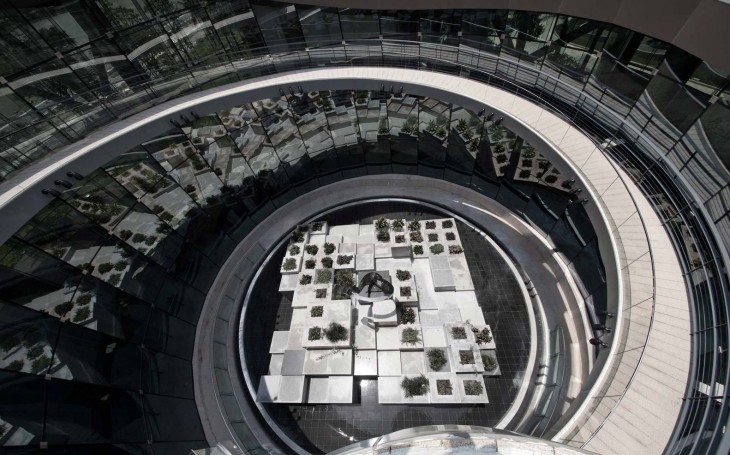
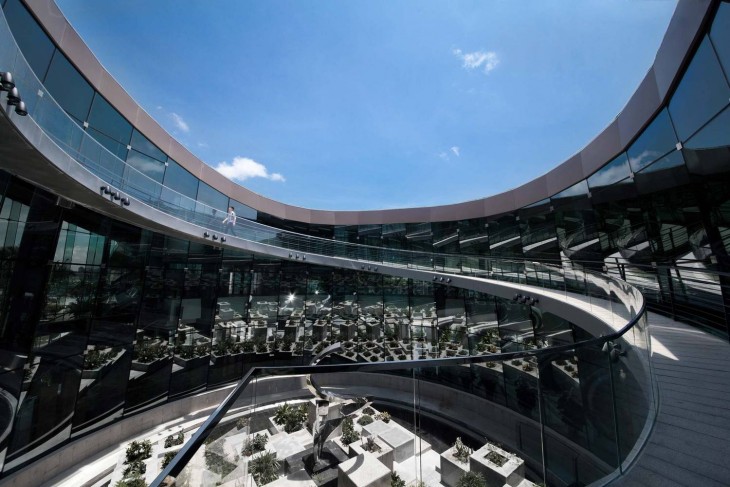
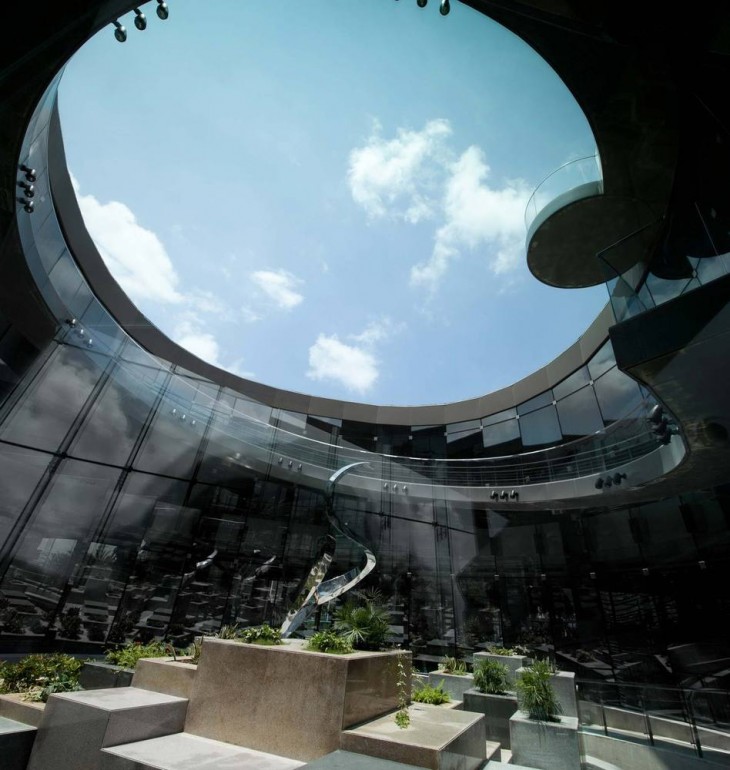
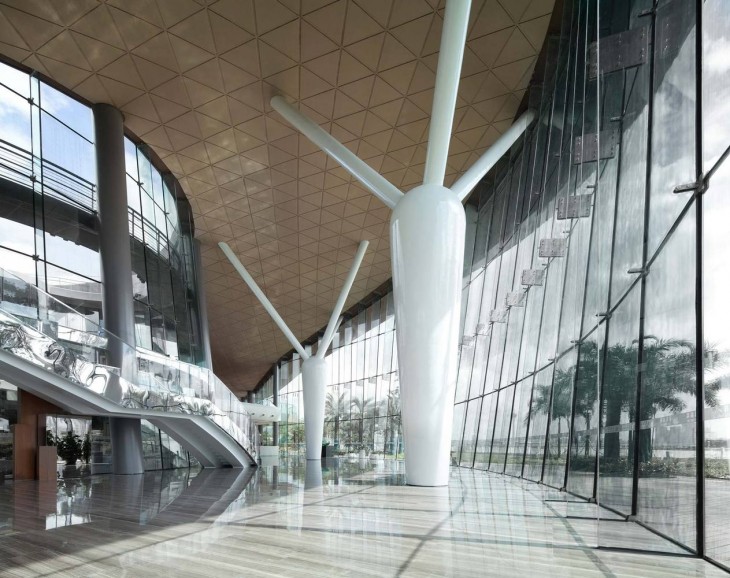

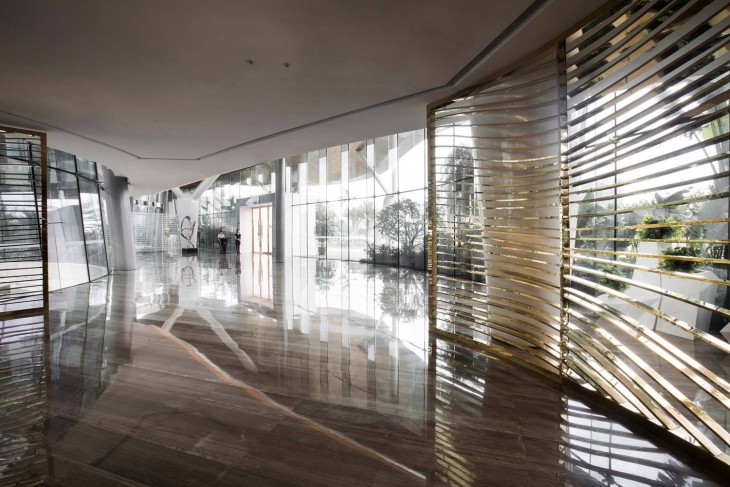
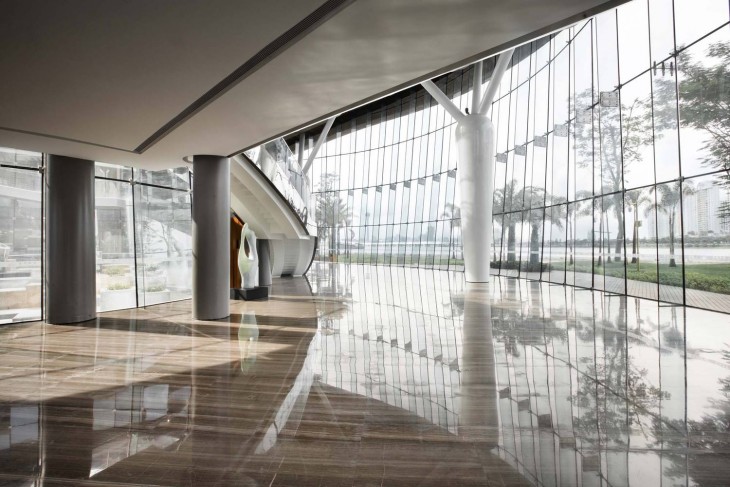
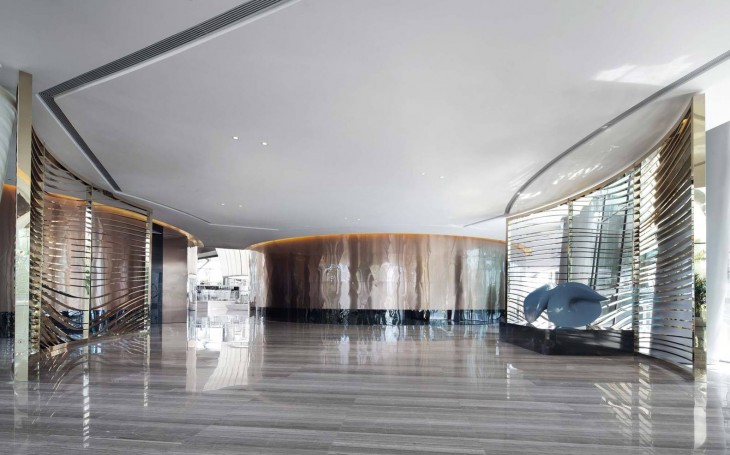
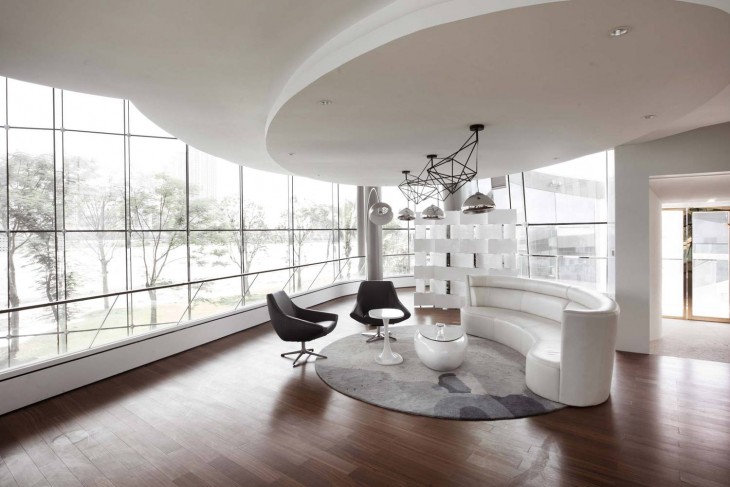
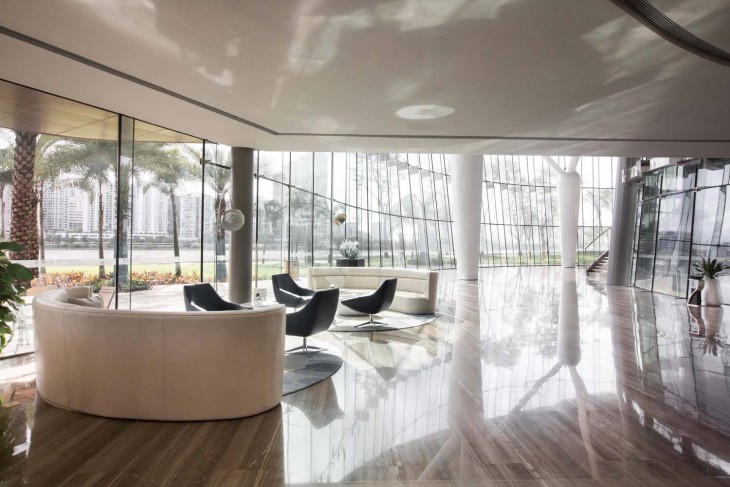
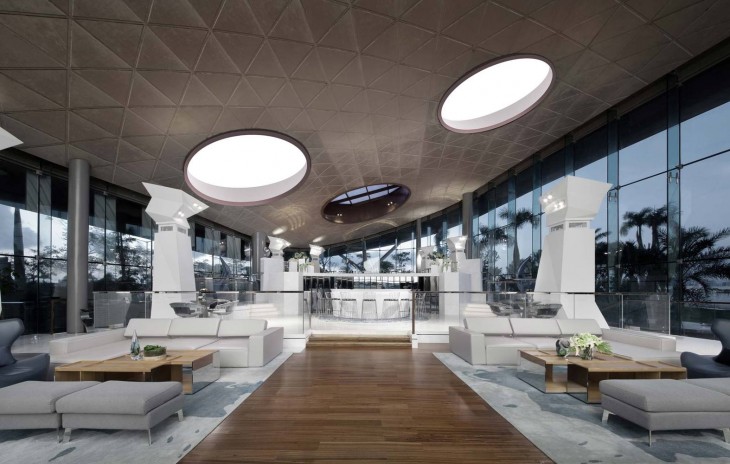
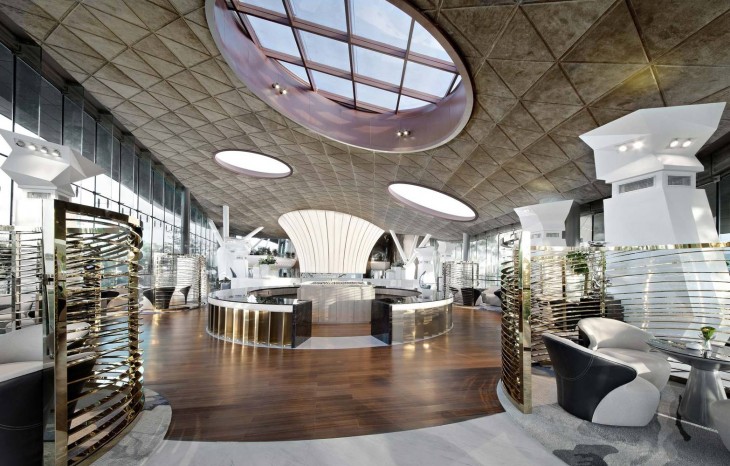
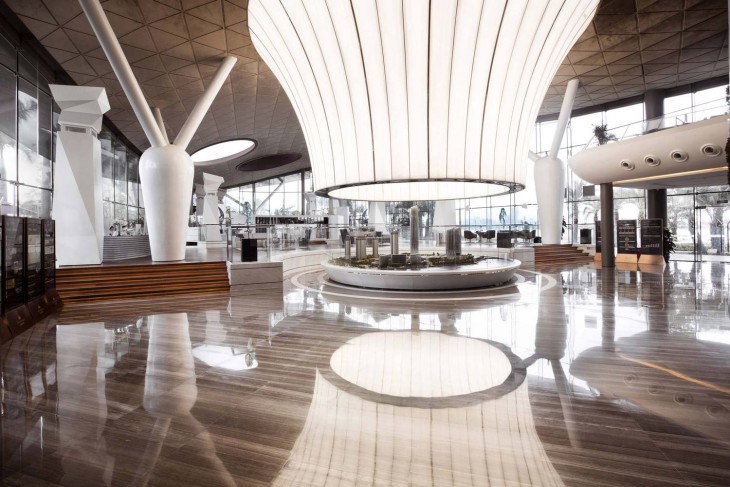
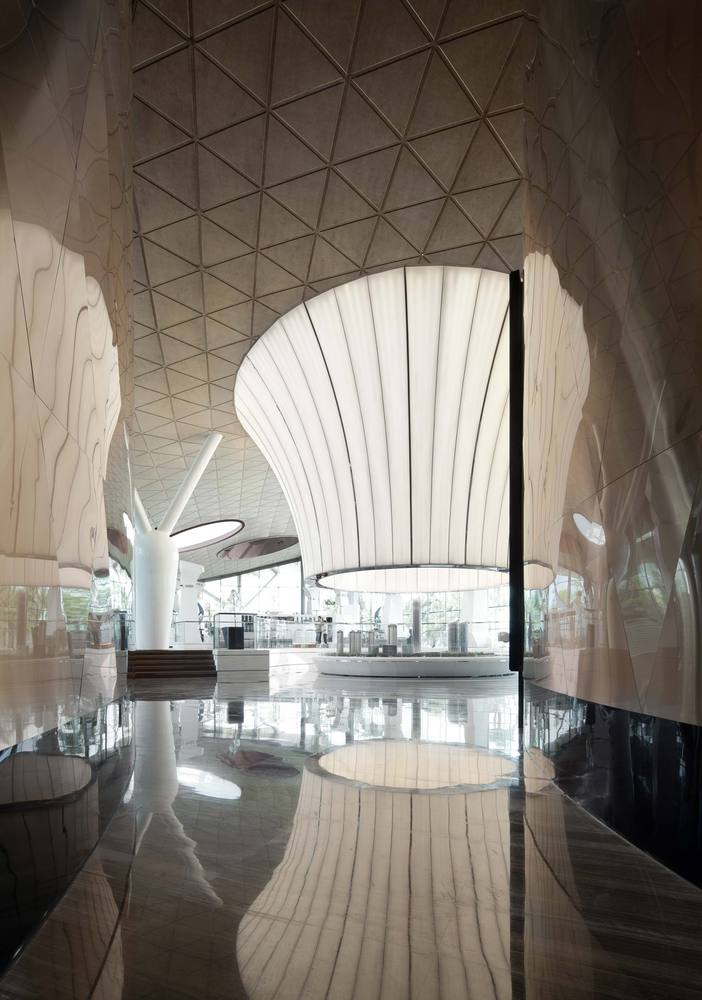
The site is located at the North East corner of Hengqin Island in Zhuhai, within close proximity of the Shizimen Commercial District. The site’s North East is in close with the sea and enjoys excellent sea view and view resources. The site is only separated Macau by a river and enjoys the view of landmark of Macau such as the Macau Tower, MGM and the Grand Lisboa. Taipa is 200m to the north of the site and it is situated on an excellent location.We came to scheme originally the overall program from the principle of green, ecology and future. Starting at the period of architecture plan, the designer arranged reasonably the site, layout and energy conservation of the building as to meet the demand of low power consumption, high efficiency and low level of pollution. Simultaneously to exploit renewable resources at most and decline the use of non-renewable resources to the least, dedicated to the impact of the procedure of constructing on surroundings in context. To utilize new construction technology and technique in the project to excavate the value of the architecture itself at maximum, end up with the consequence of harmonious relation between human and nature.Inspired philosophy of the outline from fish, the building was constructed in earth-covering form to occupy the roof extending to the ground. Hypostatic union with the surroundings makes it hard to distinguish the demarcation line. The central area of the building was made translucent to develop grey space connecting interior and external in resulting to form integration visually.Most of the surrounding landscape design including the installation of sculptures and artworks to work as transition to enhance artistic sense. Ideally result in developing a public recreation site with coast, art, humanity and nature.Important before all the designer took the architectural appearance and form into consideration. After that, extend materials and design conception inheriting from the entire architecture to the interior .To invite nature lighting and views into the interior and connect respective floors intensively. Maintain the interchange between human and environment acts as rhythm of interior space
Rainwater Collection: collected rainwater on the roof and ground together to arrive at surface collection center goes through filtering system to meet the other purposes such as landscape and irrigation.
Energy Conservation: The exposed walls are occupied with low-E glass capable of reflecting heat and lead to import natural lighting at most and reduce the use of artificial lighting. Earth-covering design with real grass brings out topical microclimate ending up with the reduction of heat island effect and perseverance of warmth.


